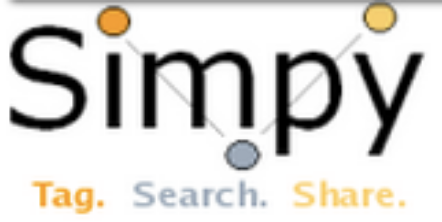What if the codebase is a mess?
I was recently asked: “What if you start a new job and their codebase is a mess?”
We’ve all been there. Here are some of the tactics I’ve used.
I was recently asked: “What if you start a new job and their codebase is a mess?”
We’ve all been there. Here are some of the tactics I’ve used.
One of the hazards of working in the web biz is impulse-buying domain names.
Back in the Web 2.0 boom days, there were a lot of “social” web plays with silly names.
I thought I’d satirize this by registering numbr.com and making a social site where you could “friend” the number 7 and that sort of thing.
I never got around to building that site. However I did get a curious email one day from “Joe” who wanted to know if I’d sell the name. He was with a startup that was going to offer temporary phone numbers for Craigslist postings or something. After some back and forth, we agreed on a price: $1000.
Back in February I mentioned Scott Rosenberg’s book Dreaming in Code. Somehow I never got around to posting more extended comments. Recently I was asked, by someone who had followed the Chandler project but hadn’t seen the book, to clarify why I thought the story was sad. This post is a cobbling-together of my answer to that question as well as some comments I made in the course of our group-interview on the Well. (Short of reading the book, you can learn quite a bit about it from the many interviews Scott has given.)

‘Twas google/ig, and the odeos
Did skype and quimble in engrade:
All simpy were the buzzingos,
And the feedpaths carbonmade.

“Beware the Frapprflock, my son!
The jaws that bite, the claws that catch!
Beware the Yubnub bird, and shun
The del.icio.us Offertrax!”

He took his orkut sword in hand:
Long time the slawesome foe he sought –
So rested he by the Numsum tree,
And stood awhile in thought.


 Seen on Flickr: this huge collection of Web 2.0 company logos. You can argue with the taxonomy but it’s still fun to look at.
Seen on Flickr: this huge collection of Web 2.0 company logos. You can argue with the taxonomy but it’s still fun to look at.